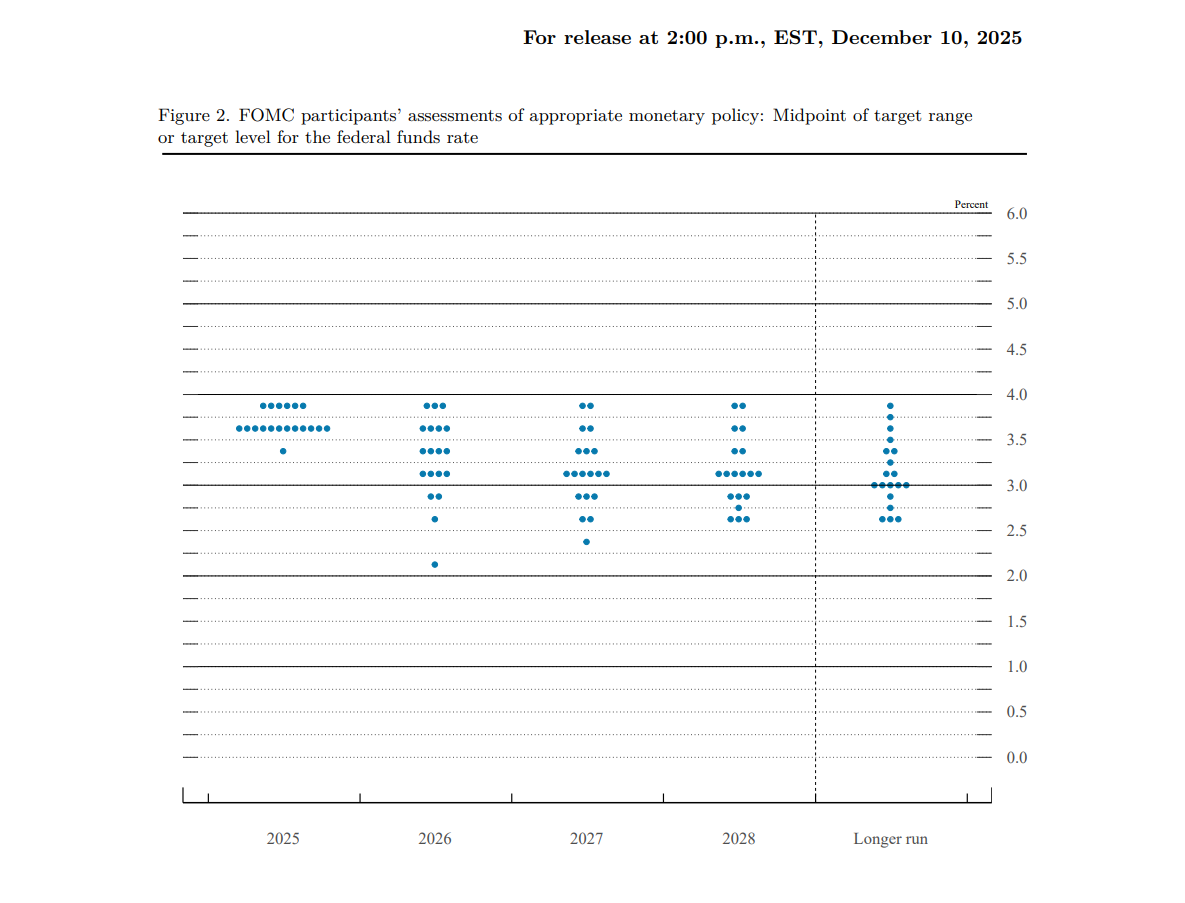The Fragile Pillars of Central Bank Independence: Assessing the Risks to U.S. Monetary Policy and Global Markets
- Trump's unprecedented attempt to remove Fed Governor Lisa Cook, lacking legal basis, triggers market volatility and questions the Fed's independence. - Historical parallels to Nixon's 1971 pressure on the Fed highlight risks of inflation and dollar instability from political interference. - Legal challenges over Cook's removal could set a precedent, threatening the Fed's apolitical role and global financial stability. - Investors now prioritize inflation hedges (gold, TIPS) and value stocks as central ba
The U.S. Federal Reserve, long regarded as a bulwark of economic stability, now faces its most direct challenge in over a century. President Donald Trump's unprecedented attempt to remove Governor Lisa Cook—a move lacking legal precedent—has ignited a crisis of confidence in the Fed's independence. This episode, while rooted in the specific context of 2025, echoes historical patterns of political pressure on monetary policy, with potentially far-reaching consequences for inflation, financial markets, and the dollar's global dominance.
A Historical Precedent: Nixon's Shadow
The 1970s offer a cautionary tale. President Richard Nixon's direct pressure on Federal Reserve Chair Arthur Burns to ease monetary policy in 1971 catalyzed the stagflation crisis. Burns, a Nixon ally, complied, leading to a 12% inflation rate by 1974 and a 44% collapse in the S&P 500. A 2023 study by Drechsel quantified the economic toll: political pressure shocks akin to Nixon's actions could raise the U.S. price level by over 8% within six months. This inflationary spiral eroded the Fed's credibility, destabilized global markets, and forced central banks worldwide to diversify away from the dollar.
Trump's Challenge to Lisa Cook: A New Era of Uncertainty
Trump's August 2025 move to fire Lisa Cook—a Black woman and the first of her background to serve as a Fed governor—has no legal basis under the Federal Reserve Act, which permits removal only “for cause.” Yet the mere threat of political interference has already triggered market volatility. The S&P 500 dropped 6% in a single week, while gold surged 8% as investors sought safe havens. The U.S. Dollar Index (DXY) fell 0.3%, signaling waning confidence in the dollar's stability.
Legal experts argue that Trump's claims of “deceitful conduct” against Cook lack evidentiary support, and the Justice Department has not pursued charges. However, the broader message is clear: the Fed's independence is under siege. If the courts rule in Trump's favor, it could open the door for future administrations to weaponize the Fed for short-term political gains, undermining its ability to act as an apolitical institution.
The Ripple Effects on Global Markets
A politicized Fed risks destabilizing the global financial system in three key ways:
1. Inflationary Pressures: Without institutional safeguards, the Fed may prioritize short-term political goals (e.g., rate cuts to boost re-election prospects) over long-term price stability. This could reignite inflation, eroding purchasing power and corporate margins.
2. Currency Volatility: The dollar's role as the world's reserve currency hinges on trust in the Fed's independence. A loss of credibility could accelerate the shift to non-dollar assets, as seen in China's gold purchases and the euro's recent strength.
3. Equity Market Dislocation: Investors are already reallocating capital to inflation-protected assets like Treasury Inflation-Protected Securities (TIPS) and gold. Defensive sectors (e.g., utilities, healthcare) are outperforming growth stocks, reflecting a flight to safety.
Investment Implications: Navigating a Post-Independence Era
For investors, the erosion of Fed independence demands a recalibration of strategies:
- Diversify into Inflation-Protected Assets: TIPS, gold, and commodities are now essential hedges against unanchored inflation expectations.
- Rebalance Portfolios Toward Value Stocks: Companies with pricing power (e.g., energy, industrials) are better positioned to withstand inflationary shocks than high-growth tech stocks.
- Monitor Policy Signals: Track the VIX volatility index and Treasury yield curves for early signs of market stress. A steepening yield curve could signal investor skepticism about the Fed's ability to control inflation.
The Path Forward: Restoring Credibility or Embracing Chaos?
The outcome of the legal battle over Lisa Cook's removal will set a precedent for the Fed's future. If the courts uphold the Fed's independence, it could reinforce the institution's credibility and stabilize markets. However, a ruling in Trump's favor would signal a dangerous shift toward fiscal dominance, where monetary policy is subordinated to political agendas.
For now, investors must prepare for a world where central bank independence is no longer a given. The lessons of the 1970s and the 2020s are clear: when politics overrides economics, the cost is borne by all.
In this new era, adaptability is key. By hedging against inflation, diversifying currency exposure, and prioritizing resilience over growth, investors can navigate the turbulence of a post-independence monetary landscape. The Fed's independence may be fragile, but the markets' ability to adapt is not.
Disclaimer: The content of this article solely reflects the author's opinion and does not represent the platform in any capacity. This article is not intended to serve as a reference for making investment decisions.
You may also like
DiDi has become a digital banking giant in Latin America
DiDi has successfully transformed into a digital banking giant in Latin America by addressing the lack of local financial infrastructure, building an independent payment and credit system, and achieving a leap from a ride-hailing platform to a financial powerhouse. Summary generated by Mars AI. This summary was produced by the Mars AI model, and its accuracy and completeness are still being iteratively improved.

Fed rate cuts in conflict, but Bitcoin's "fragile zone" keeps BTC below $100,000
The Federal Reserve cut interest rates by 25 basis points, but the market interpreted the move as hawkish. Bitcoin is constrained by a structurally fragile range, making it difficult for the price to break through $100,000. Summary generated by Mars AI This summary was generated by the Mars AI model, and the accuracy and completeness of its content are still being iteratively updated.

Full text of the Federal Reserve decision: 25 basis point rate cut, purchase of $4 billion in Treasury bills within 30 days
The Federal Reserve cut interest rates by 25 basis points with a 9-3 vote. Two members supported keeping rates unchanged, while one supported a 50 basis point cut. In addition, the Federal Reserve has restarted bond purchases and will buy $40 billion in Treasury bills within 30 days to maintain adequate reserve supply.

HyENA officially launched: Perp DEX supported by Ethena and based on USDe collateral goes live on Hyperliquid
The launch of HyENA further expands the USDe ecosystem and brings institutional-grade margin efficiency to the on-chain perpetuals market.